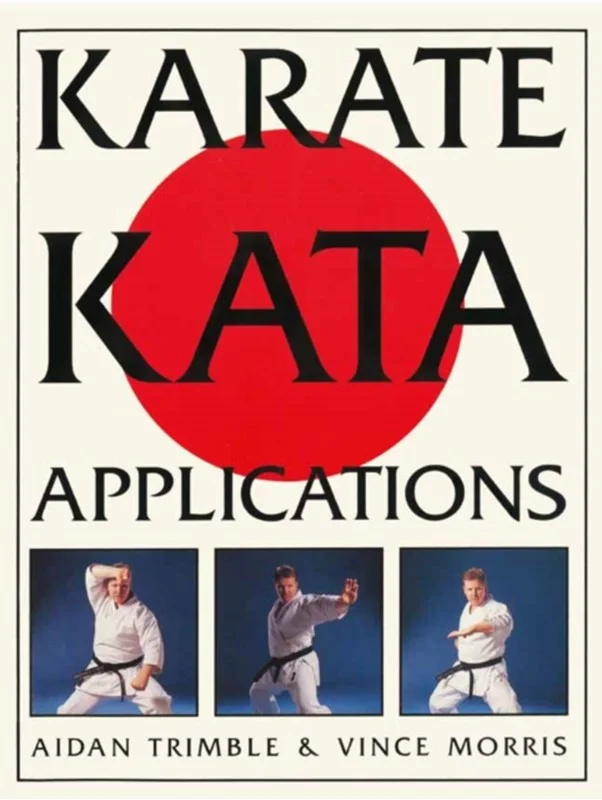
Mærke
- YMAA Publication Center 19
- Gyldendal 12
- North Atlantic Books,U.S. 10
- Schiffer Publishing Ltd 10
- Quarto Publishing Group USA Inc 6
- Kodansha America, Inc 4
- McFarland & Co Inc 3
- Taylor & Francis Ltd 3
- The Crowood Press Ltd 3
- De Gruyter 2
- Ebury Publishing 2
- John Wiley & Sons Inc 2
- Meyer & Meyer Sport (UK) Ltd 2
- New Society Publishers 2
- Penguin Putnam Inc 2
- Random House USA Inc 2
- Rare Bird Books 2
- Shambhala Publications Inc 2
- Taunton Press Inc 2
- Turbine 2
- Turner Publishing Company 2
- Tuttle Publishing 2
- Vintage Publishing 2
- Alinea 1
- Anness Publishing 1
- Atlantic Publishing Co 1
- Avalon Publishing Group 1
- Basic Health Publications 1
- Black Belt Communications 1
- Bloomsbury Publishing PLC 1
- Bradt Travel Guides 1
- Cambridge University Press 1
- Centrala Ltd 1
- Clavis Publishing 1
- Contemporary Books Inc 1
- Currency Press Pty Ltd 1
- Dorling Kindersley Ltd 1
- Duke University Press 1
- ECW Press,Canada 1
- Echo Point Books & Media 1
- F&W Publications Inc 1
- Forlaget mellemgaard 1
- Frog Ltd 1
- GLOBAL PUBLISHER SERVICES 1
- Gallery Books 1
- Gursharan Sahota 1
- Hachette Australia 1
- Hardie Grant Books 1
- HarperCollins 1
- HarperCollins Publishers 1
- HarperCollins Publishers Inc 1
- Human Kinetics Publishers 1
- Images Publishing Group Pty Ltd 1
- JRP Ringier 1
- Johns Hopkins University Press 1
- Jolly Fish Press 1
- Karate-London 1
- Linden Publishing Co Inc 1
- Little, Brown & Company 1
- Lulu.com 1
- McGraw-Hill Education - Europe 1
- Medina Publishing Ltd 1
- Morgan James Publishing llc 1
- National Academies Press 1
- New Generation Publishing 1
- No Starch Press,US 1
- North Star Editions 1
- Octopus Publishing Group 1
- Open Road Media 1
- Oregon State University 1
- Pan Macmillan 1
- Paul Jackman 1
- Quadrille Publishing Ltd 1
- Quarto Publishing PLC 1
- Quercus Publishing 1
- Quirk Books 1
- Rowman & Littlefield 1
- Running Press,U.S. 1
- Seven Seas Entertainment, LLC 1
- Stickman Publications, Inc. 1
- Transworld Publishers Ltd 1
- Tundra Books 1
- Turbine Forlaget 1
- University Press of Mississippi 1
- University of Minnesota Press 1
- Wadskjær Forlag 1
- Watkins Media Limited 1
- Youth Literary League 1























